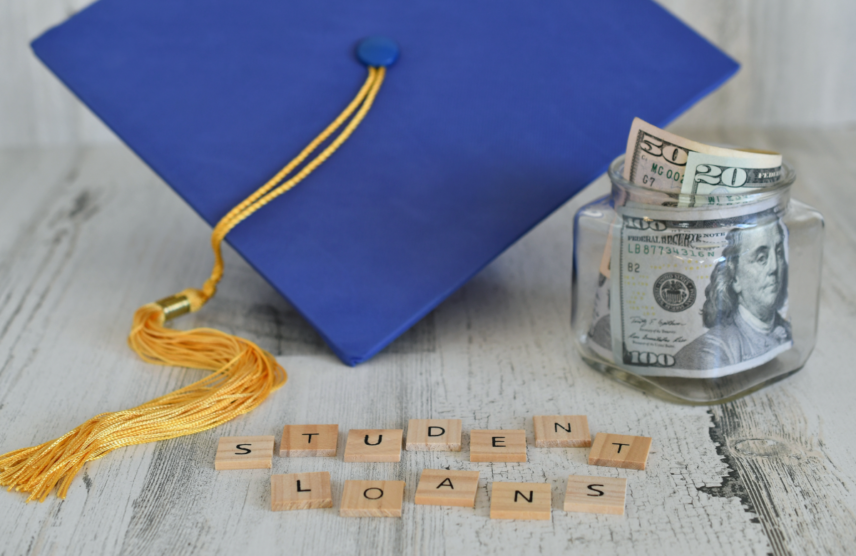College is an investment and an expensive one at that. Taking out student loans can be a great way to help cover the costs. Tom Ochsner, director of Financial Aid at Nebraska Wesleyan University in Lincoln, and Matt Johnson, senior assistant director of financial aid at the University of Nebraska at Kearney, gave us their insight recently about the reality of student loans.
Can you break down the cost of college?
Students should evaluate direct versus indirect costs and determine what applies to their situation. For example, tuition, fees, and living on campus (housing and food) are direct costs. Travel back home (gas or airfare) is an indirect cost. Whether a student lives on- or off-campus, additional living costs should be budgeted, including entertainment, clothing, toiletries, etc.
How do most people pay for college?
There are many ways to pay for college; most students use a combination of funding sources including scholarships, grants, work-study, and student loans. We encourage students to complete the Free Application for Federal Student Aid (FAFSA) so the college can determine the types and amounts of financial aid to offer. Federal student loans are included in the FAFSA evaluation, so students will know how much they can borrow each year.
Often, student loans are not enough to cover expenses. In that event, students and parents can explore options like a Federal Direct Parent Plus loan, private loans, and monthly payment plans with their college.
How do you apply for and get student loans?
There are two basic types of loans: federal and private. We advise that families start with federal loans because they will have the most generous terms and conditions. The starting point for federal loans is the FAFSA. Once a family has submitted their application, they will receive a financial aid offer, including loan options. Remember that those loan funds are limited based on the year of attendance in college.
How does the interest work on federal loans?
The college uses the FAFSA results to determine if you qualify for a subsidized or unsubsidized direct loan. If you show financial need, the college will offer a subsidized direct loan and no interest will accrue while you are in school. Otherwise, you may borrow an unsubsidized direct loan, and the interest is your responsibility both while you are in school and in repayment.
What does typical student loan debt look like at your institution?
This last semester (spring 2023), debt at UNK ranges from $17,000 to $20,000. For NWU, our debt average is $23,000 per student.
What does loan repayment look like?
There is a standard repayment, which would typically take around 10 years. The government also has several flexible programs for you to consider. For example, when you first graduate, you will probably earn less than you will 10 years down the road. The government will consider that and ‘graduate’ your payments based on your earnings. As your salary increases over the years, your payments will grow.
What’s the best advice you can give to someone paying off student loans?
If you must take out a loan, go with federal direct loans first and then supplement with additional private or parent loans. Also, make sure you stay in contact with your loan servicer. As soon as you accept a loan, the servicer should contact you. Don’t throw things out from lending agencies until you have read them carefully, as your lender could be providing critical information.
Be aware of all the benefits that go with these loans. You will have to go through entrance counseling when you start college and exit counseling upon graduation. You will be reminded of your rights and responsibilities, so pay attention.
Check out the full live stream here!
By Sydney Burdick
